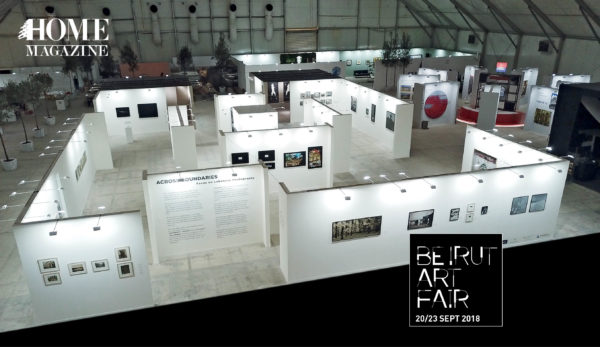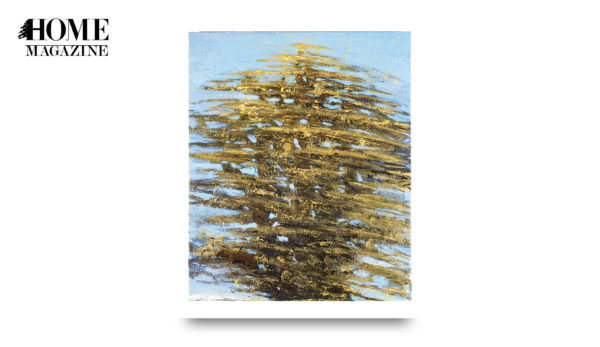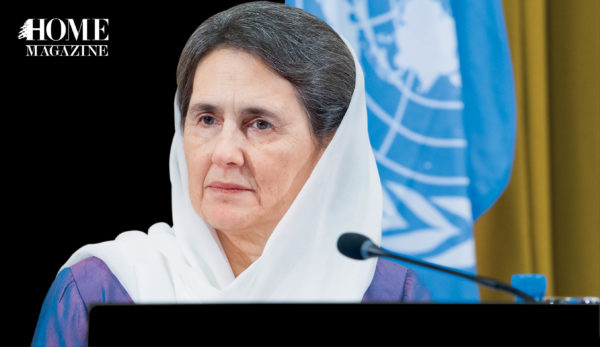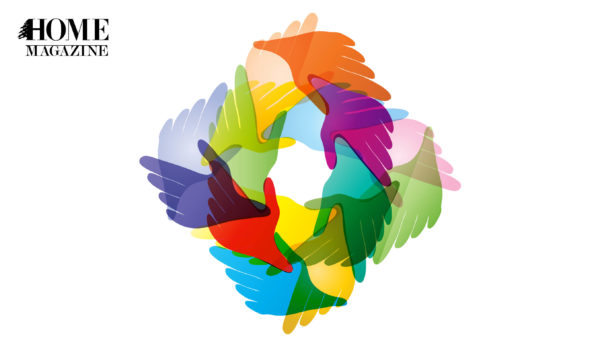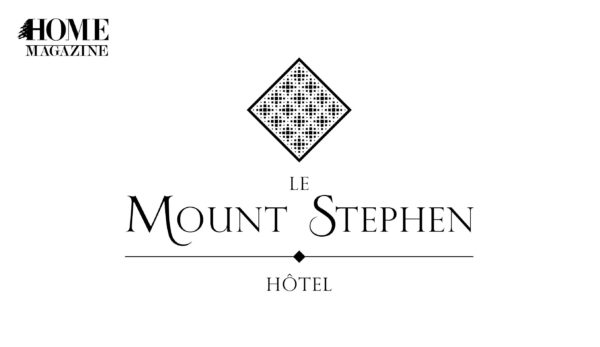Like the rest of Lebanon, Kfarmishki is a tale of two worlds. One sits firmly on top of a little hill on the southern edge of West Bekaa, also known as Wadi el Taym, with a little more than 400 indigenous inhabitants. The other is scattered several time zones away mostly across the Americas, with a diaspora many times the population back HOME. Like Lebanon, Kfarmishki suffers from an identity crisis that ebbs and flows with history and neighboring crises. But like the rest of Lebanon too, Kfarmishki has far more to offer than its tiny size and population would otherwise suggest.
Nested on a hilltop 1300 meters above sea level, Kfarmishki enjoys a micro-climate and soil so rich that make its olives, grapes and apple orchards—to name a few—seem like gifts from God. For the second year in a row, a festival was held in the village to display amazing mouneh varieties (food stuffs and ingredients) in a market. The atmosphere attracts people from across the country, in the midst of the grape harvest season and to the sounds of dabke dance and modern saxophone side-by-side. Having organized itself around its mouneh heritage, Kfarmishki went on to be represented in the Badaro Urban Farmers Market every other Sunday. Others include Taanayel, Baskinta, downtown Beirut and more.

Yet just as agriculture took a back seat in the rest of the country, so did farming in this little village, pushing many to seek better prospects in cities far away… as far as Ottawa and Montreal where emigration from Kfarmishki runs back to the 19th century. Pushed by war and famine, many people had to shed their farming past and convert to the food and beverage business, but with nice success stories to tell. Canada opened its arms then, and still does today, with immense generosity and hospitality. Some of these people and their descendants return every year to Kfarmishki, open up their houses and inspect their lands. But most have forgotten and leave behind magnificent old houses in ruin and empty lands begging to be cultivated again. Such is the huge challenge facing Kfarmishki and many towns and villages across Lebanon, little places that define and anchor this wavering identity that Lebanon so badly needs.

The challenge the diaspora faces, and that I have recognized personally myself, remains: don’t let your roots fade away. Whether you are Canadian, American, Brazilian or Australian, today, this little village of men and women who worked 20 hours a day in the most difficult of conditions to make a decent living shape your genes and provide you with a history to be proud of.
And so Kfarmishki will remain a bridge between two worlds, tiny in size but huge in meaning, a reminder of how a small and isolated village most people have never even heard of can send men and women all over the world to prosper in new lives and integrate in far-away communities perfectly, just like an olive tree merges into its orchard. But roots are what keep the olive tree alive at the end, not the trunk, branches or leaves above.















